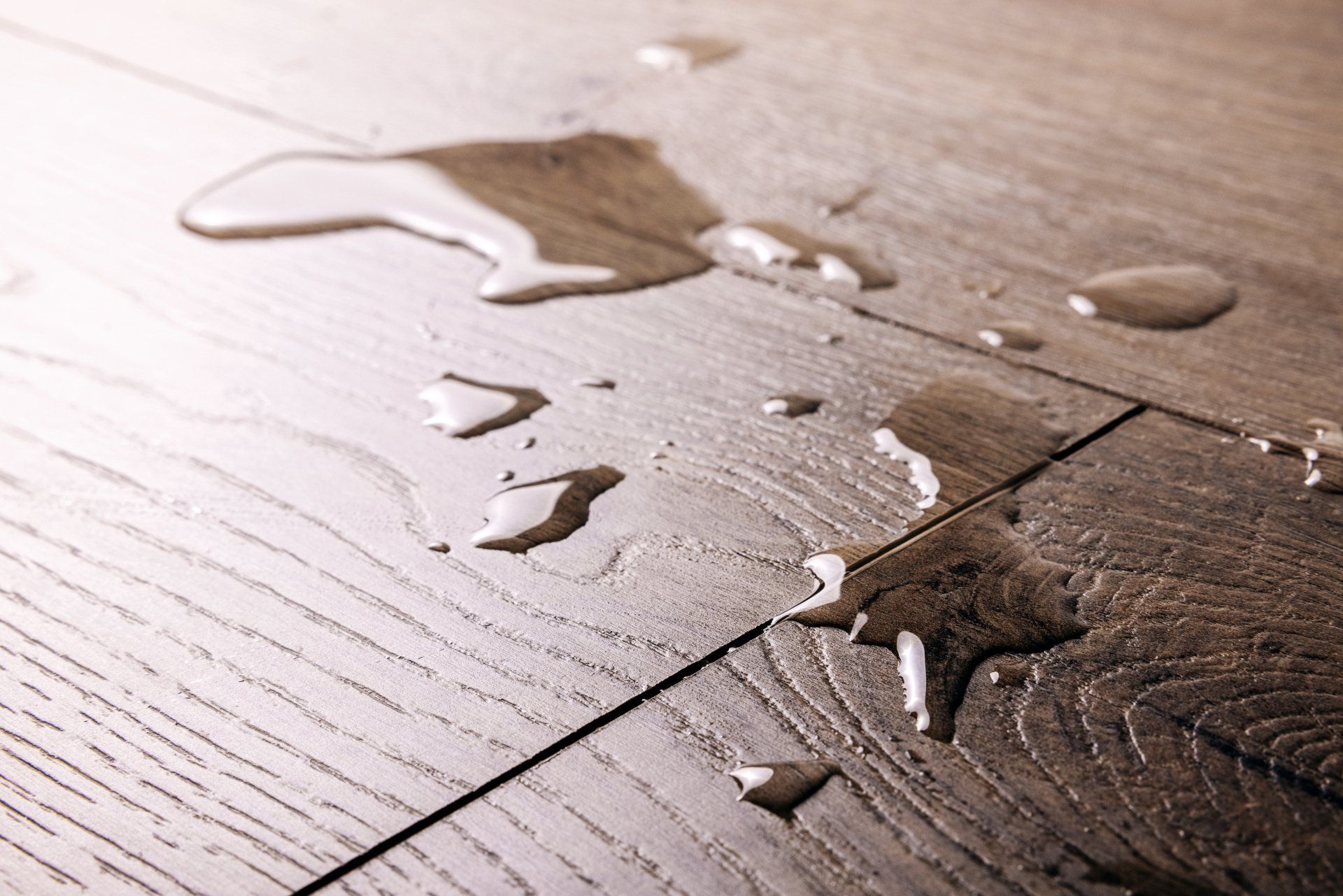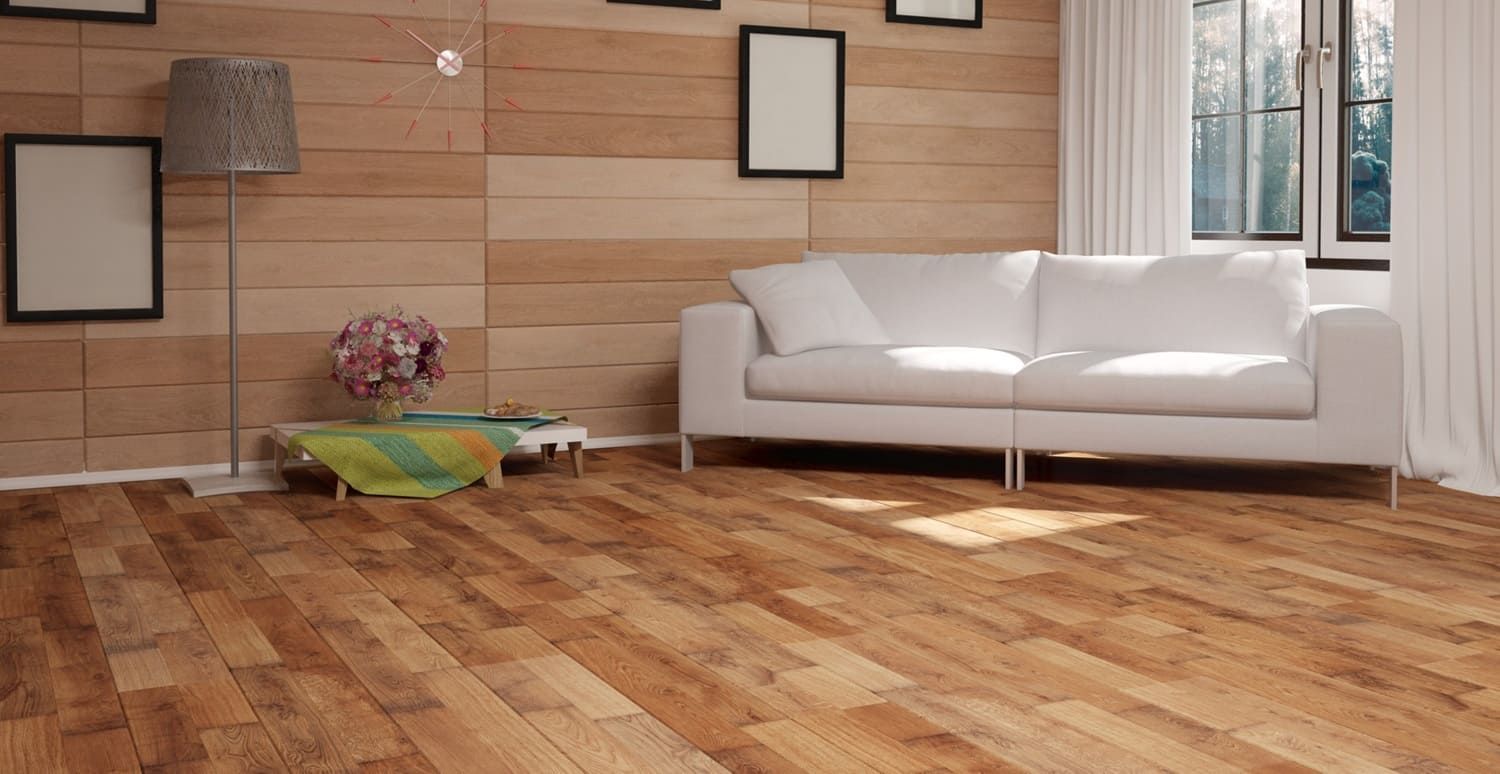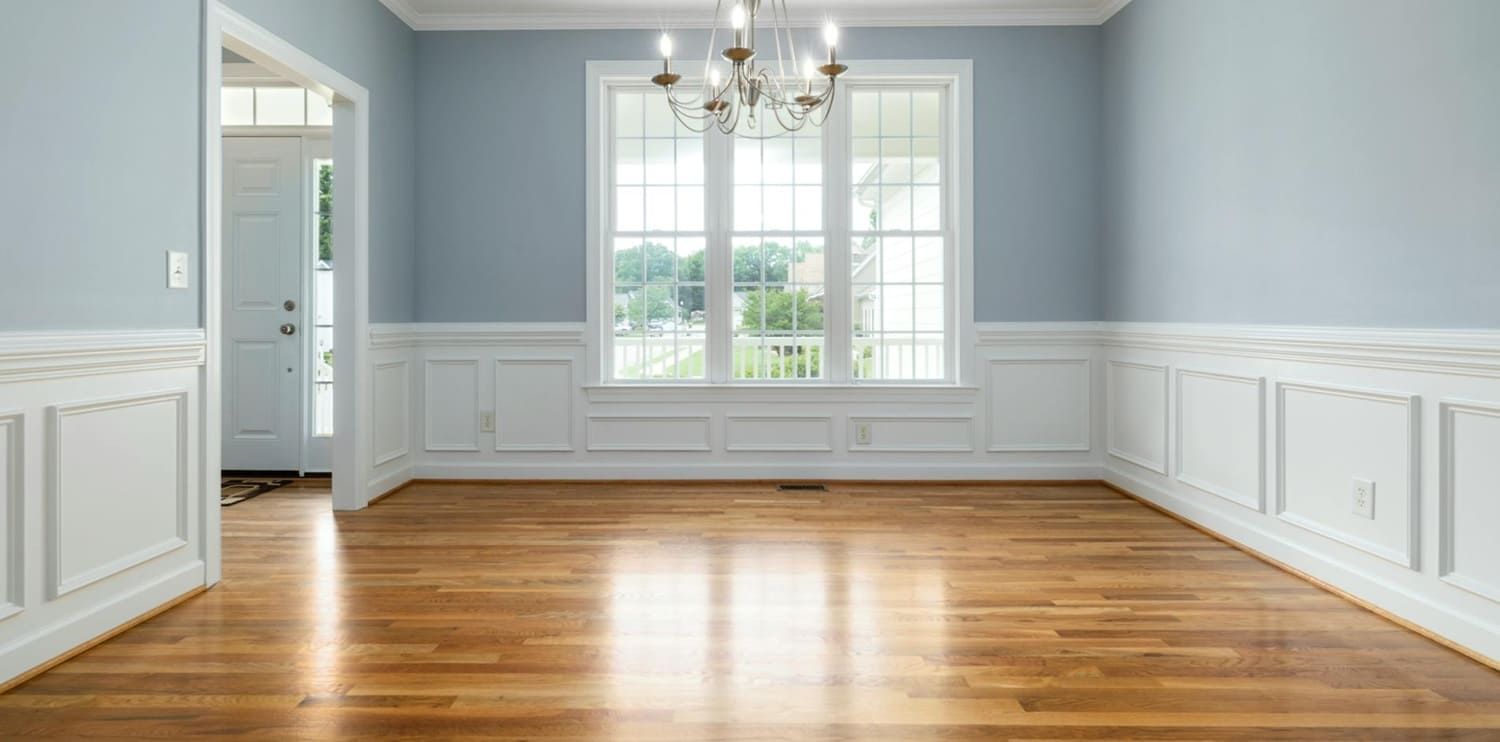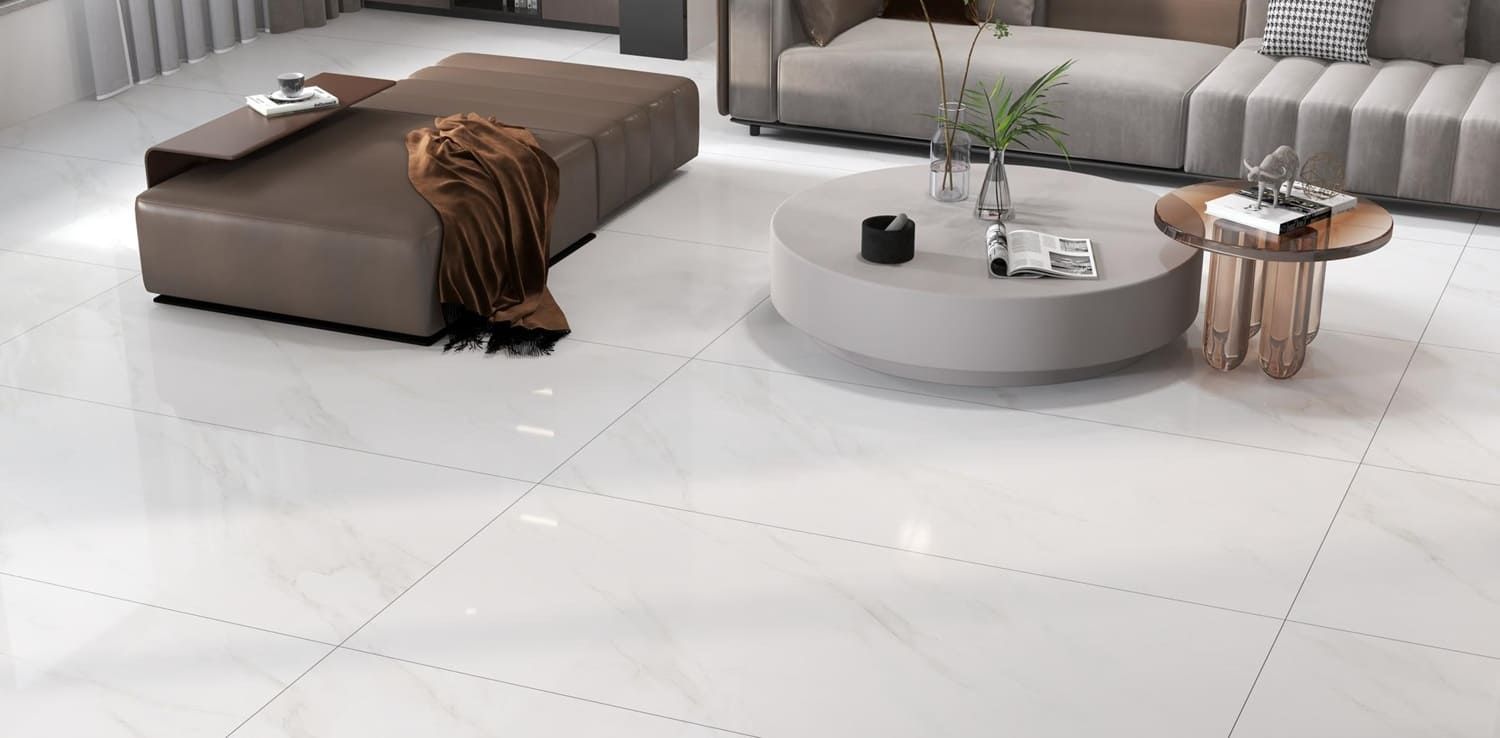The Best Water Resistant Flooring Options for Your Home
When it comes to upgrading your home with a durable, low-maintenance, water resistant flooring solution, explore your options!

Depending on form and function, your home components need a degree of protection. Water resistant flooring saves you from internal damage from spills, soaks, and moisture. If you have a family, you know how good kids and pets are at making a mess.
A big fluffy carpet feels nice on the toes after a long day. However, for places like your basement and laundry room, you might want something less porous and absorbent.
Very few materials are truly waterproof. Water resistance is a scale of a component's level of resistance. Know which water-resistant flooring options are the best for your household.
Organic Flooring
In chemistry, organic and inorganic materials differ because organic materials contain carbon. The result is that inorganic materials are devoid of carbon.
Organic substances pertain to those that were once living, like trees for wood or grass for bamboo.
1. Porcelain Tiles
Porcelain tiles are a mainstay for waterproof flooring, especially for bathrooms. Pools are often lined with porcelain tiles, so you know they can handle flooding.
To make porcelain tiles, manufacturers fire fine clay at high temperatures. This removes the moisture from the tile. This process hardens it and increases its density.
The resulting product is a durable tile with less than 0.5% water absorption. The high density of porcelain makes it less porous and more resistant to water damage.
You can find porcelain tiles glazed or unglazed. The glaze protects against staining and bacteria. Unglazed porcelain tiles, on the other hand, are more durable but rarer and more expensive.
Porcelain is pretty much impervious to water damage. The weak point of porcelain tiles isn't the tiles but rather the seams between tiles. Make sure to grout the seams correctly to ensure full protection.
2. Ceramic Tiles
Ceramic tiles are like porcelain's cousin and another favorite for interior designers. The earliest use of ceramic tiles is decorative tiles from 4000 BC in Egypt. Not only are they stylish, but if they can last that long in history, they're sure to last your lifetime.
It's less dense, making ceramic more porous than porcelain. However, this doesn't cause much impact. Like porcelain, ceramic is resistant to water and can withstand prolonged water exposure.
3. Granite Tile
Natural stone is both fashionable and durable. Granite withstands extreme heat and pressure to form. This results in a scratchproof and impenetrable surface.
Not only is this material waterproof, but it can also resist a ton of dragging furniture around.
Like the old reliable porcelain tile, the seams are the weak points for water entry in granite. Granite is excellent for areas in your home with heavy foot traffic.
Make sure to deal with spills. Although granite is waterproof, its smoothness makes it more slippery than other materials.
4. Vinyl Plank
Vinyl planks marry durability with style. Vinyl planks link to each other via lock-and-fold type joints. These joints provide a pretty water-tight seal if installed right.
Vinyl has six layers. The outermost UV acrylic coating shields the vinyl from sun damage. The wear layer underneath provides scratch protection.
The print layer is where you find your vinyl's printed images and designs. This allows you to choose from a variety of styles befitting your home.
Underneath the print layer is the PVC layer and core. This also consists of PVC that provides stability, support, and bulk to the vinyl. The undermost layer is a soft underlayment that comes into contact with the floor and evens out any bumps.
Take care to install or have these installed by a professional to avoid water entry from the seams.
5. Sheet Vinyl
Sheet vinyl trumps vinyl planks by an inch. Instead of separate planks, sheet vinyl comes as a single waterproof membrane measuring in 6- or 12-foot rolls.
Standard sheet vinyl is affordable, which helped it coin the term bargain flooring. Since it comes in large singular pieces, you have fewer seams for water to seep into.
6. Vinyl Tile
Vinyl tile is a wholly synthetic and water-resistant material. It has identical properties to vinyl sheets but comes in piecemeal bits.
This allows you more degrees of creative freedom when designing your floor. However, take care to seal the seams properly to avoid water seepage.
Organic Synthetic Blend
Nowadays, the types of water-resistant floors are blends of both inorganic and organic materials. Combining both allows inorganic compounds to fortify organic materials to withstand wetter conditions.
Inorganic materials include nonliving materials like clay and natural stone. This umbrella extends to synthetic materials like resins and plastic.
We all love a good hardwood floor, but inorganic materials hold up better against age and water. When exposed to moisture, organic material is more susceptible to rot, mildew, and bacteria.
Inorganic material comes from synthetic or refined materials. Thus, it resists serving as a food source for bacteria, fungi, and other agents of decomposition.
1. Laminate Flooring
Laminate flooring is one of the more economical types of flooring. At first glance, laminate flooring looks similar to the more luxurious vinyl option. It also has similar installation methods.
Laminate flooring, however, is less synthetic than its vinyl counterpart. Instead of PVC, the core of laminate flooring is often made of compressed wood fibers bonded by resin.
Laminate flooring offers water resistance with various realistic designs. Since it has a wood-based core, any seepage into the center will cause swelling and blistering.
2. Engineered Wood
Think of engineered wood as fortified wood. It has a sturdy plywood base manufactured with resins and glues to prevent moisture damage.
Engineered wood seeks to bridge the beauty of hardwood floors and the durability of synthetic materials. Manufacturers make it waterproof by applying sealants like a polyurethane coat.
3. Bamboo
Bamboo grass can also turn into flooring! Some chemicals come into play to make up for the organic material susceptible to moisture damage.
Manufactures imbue and embed water-resistant glues and resins into the bamboo. This imparts water resistance to an otherwise porous material.
Install Water Resistant Flooring in Your Home Today
Inorganic and organic materials come together to create durable and water resistant flooring. Porcelain, ceramic, vinyl, and laminate floors are staples.
Engineered wood and protective coatings are more innovative and modern.
Thank you for reading our article! Only save the best of the best for your home. Reach to
Eagle Flooring West and Contact us today and get an estimate!






